Matthias Albers
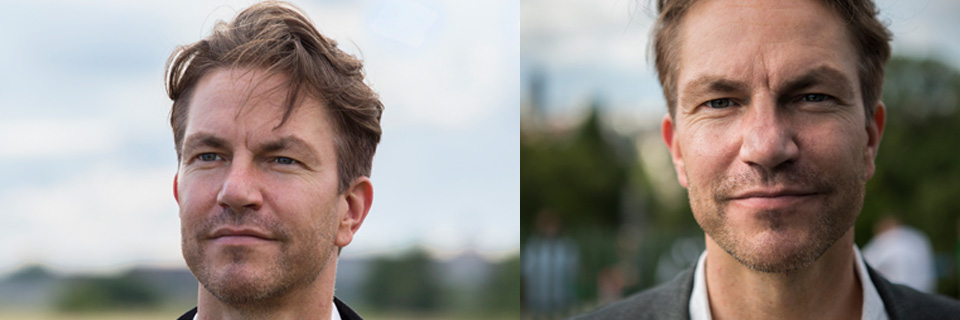
Trauma Therapist (MA postgrad.)
Registered German Naturopath (Heilpraktiker f. Psychotherapie)
Coach, Process Facilitator, Lecturer, Trainer
Treatment Focus
• Trauma, Posttraumatic Stress Disorder (PTBD)
• Depressionen, Burn-out
• Attachment Disorder, Personality Disorder
• Anxiety & panic disorders
• Individuation processes & spiritual crises
• Victims Traumatic Narcissm, Ecclesiogenic Neuroses, Religious Narcissism
• Neurodiversity (especially Spectrum Disorders & ADS/ADHS in Adults))
• Stabilisation & Resilience Training
Academic Background
• Postgraduate Studies: Traumatology & PTDS, Integrated Cognitive Solutions, London/Bracknell
• Tibetan Medicine, Institute for Higher Tibetan Studies, Hüttenberg/Klagenfurt, Austria
• Chinese Medicine, University of Westminster, London
• State exam for a teaching career (equivalet to BA), University of Hamburg:
• Philosophy (specialized in Philosophy of Science, Epistemology, Ecological Ethics),
• Biologie (specialized in Physical Antropology, Cellular Biology) &
• Educational Science (specialized in Communication Psychology & Cybernetic Didactics)
Trauma Therapy Training
• Somatic Experiencing (SE), Heike Gattnar, Munich
• IFS Parts Work, Tom Holmes, Michigan, USA
• EMDR: Ewa Katarzyna Budna; Sandra Paulsen, Seattle (N.E.S.T.), Esly Carvalho, Brasília (EMDR for Insomnia)
• Image Rescripting Reprocessing Therapy (IRRT), Mervin Schmucker, USA
• Prolonged Exposure Therapy (PET), Lucia Hall, UK
• Narrative Exposure Therapy (NET), Lucia Hall, UK
• Cognitive Processing Therapy (CPT), Lucia Hall, UK
• STAIR, Skill-Training Affective & Interpersonal Regulation, Lucia Hall, UK
• Intergenerational Transmission of Trauma, Heike Gattnar, Munich, Germany
• Healing Intergenerational Trauma, Tirzah Firestone, Colorado
Further professional training (selection)
• Registered German naturopath
• Client centered therapy according to Carl Rogers
• Buddhist Psychotherapy with various Buddhist teachers
• Hakomi, body orientated Psychotherapy
• Intervention methods in Communication Psychology, Prof. Friedemann Schulz von Thun, Hamburg
• Mediation accoding to Prof. Alexander Redlich (Sozial architecture of groups)
• Conflict Management, based on the Thomas Kilmann Method, Lucia Hall, UK
• Nonviolent Communication, Marshall Rosenberg, USA
• Nonviolent Communication & The Work, "Relation-Shift" & "The Compass" Arnina Kashtan, Tel Aviv, Israel
• Nonviolent Communication, "Embodied Spirituality of NVC", Robert Gonzales, Portland, USA
• Caroline Myss, "Anatomy of the Spirit", "The energetics of healing", "Archetypical Work", Chicago, USA
• Tibetan Energy Work (TE24), Michaela Bergmeier, Hamburg
• Intuitive Breathing, Karl Scherer, Freiburg
• Tai-Chi Teacher, Daniel Grolle, Wilhelm Mertens, Hamburg, Adam Mizner, Martin Inn, San Francisco
Trauma Psychotherapy

Introductory remarks: Why trauma therapy?
Studies show that two-thirds of all mental health issues originate from traumatic experiences—often in the form of complex trauma that can be deeply hidden within the body.
Trauma is therefore not the exception, but part of the reality of human life. Not every trauma immediately develops into post-traumatic stress disorder,
but many symptoms such as depression, anxiety, and compulsions, or physical complaints and syndromes, can be traced back to it.
Dealing with my own traumas with the help of traumatherapeutic and spiritual methods was a decisive path to growth and fundamental change for me. I combine this experiential knowledge with a sound and broad education in psychology,
communication psychology, psychotherapy, traumatology, Asian medicine (TCM, Tibetan medicine), philosophy, and the art of living.
I am happy to share this knowledge and my therapeutic experience with you with dedication and joy.

Guiding Principles
The main difference between a classic, more distant psychotherapeutic approach and my non-dual way of working lies in the attitude with which I approach my clients.
Instead of maintaining an objectifying distance, I shape the therapeutic relationship as a compassionate, empathetic, authentic space that enables closeness,
trust and thus healing. I am fully present at your side, take an interest in your experiences and do not shy away from exploring difficult or painful topics with you.
In doing so, I remain visible and approachable as a human being – on an equal footing with you.
Because I, too, see myself as a humans being who is on the journey.
Variety of trauma therapeutic methods

Every person is unique — and so is their nervous system. That's why there is no one method that fits all. My goal is to find a customized mix of methods for each client.
Trauma therapy methods can basically be divided into two categories: top-down (cognitively oriented) and bottom-up (emotion- and body-oriented).
In my work, I combine both approaches and rely on proven and efficient methods such as ...
Another important foundation of my work is...
Therapy is available both in-person and virtually via Zoom, Teams, or other messenger services.
I also use digital EMDR tools from psylaris.com to support the process.
Nondual Psychotherapy
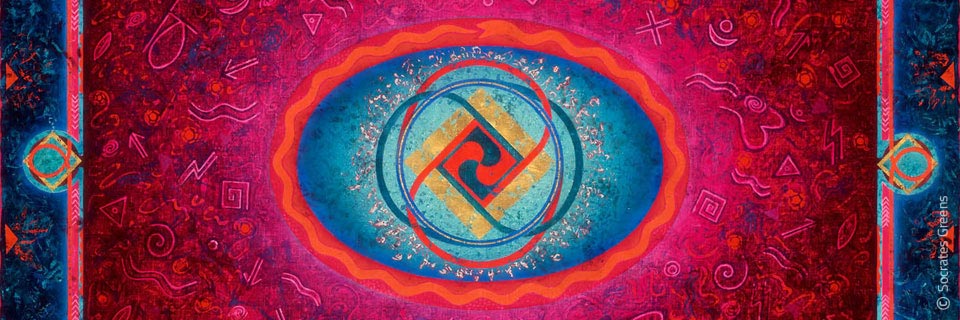
What exactly is Nondual Psychotherapy?
The mystical traditions of all world religions such as mystical Christianity, Kabbalism, Sufism, Tibetan Buddhist Dzogchen, Hindu Advaita and Taoism suggest
that the fulfilment of human potential and liberation from suffering happens when the focus of attention rests peacefully in its source far before thinking.
This source could be called "nondual": non-judgemental, unbiased, accepting, present, empathic, compassionate, beyond right-wrong thinking.
Nondual psychotherapy aims to recognise the fact that ultimate trauma healing is not possible without at least some spirituality.
We can explore, understand, alleviate, control, etc. our traumas, but fundamental healing and integration includes the spiritual dimension.
Initially, one does not have to be religiously or spiritually interested. Sooner or later this dimension will emerge on its own and contribute to healing ...
... if you will stay tuned.
Science & Spirituality

There ipirical reason why we should cultivate the unprovable after all: It has proven to be beneficial.
Carl Gustav Jung
At first glance, science and spirituality appear to be polar opposites. However, if we understand them not in binary terms but in a larger context,
it becomes clear that both are part of complex networks of relationships, embedded in the living whole of nature and humanity.
In this connection, we find homeostasis, coherence, and convergence—and recognize that our existence is ultimately not determined by dualisms.
Even though our language is mostly dualistic, natural philosophy points us to a deeper truth: the supposed opposition between “I” and “environment” is only apparent.
We are not separate from nature – we are nature.
Understanding this non-dual dimension often only becomes possible step by step. With the help of an accompanying authority, such as in a therapeutic relationship,
it becomes possible to deepen this experience and consciously experience our embodied existence in all its humanity.
Resources
Diagnostics & Psychoeducation to Download
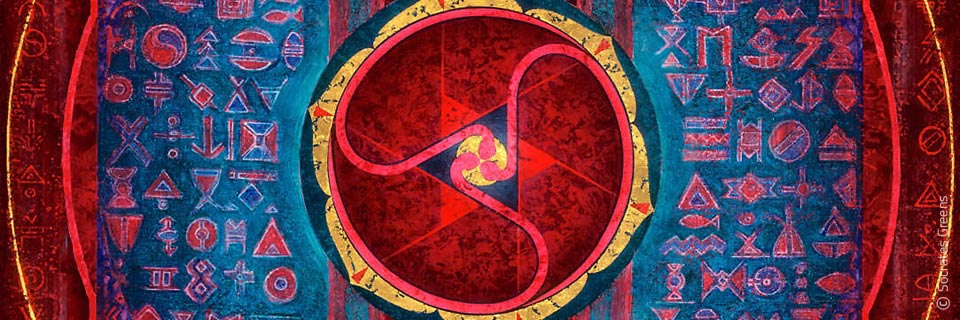
Assessment forms
International Trauma Questionaire according to ICD-11
Questionaire for Dissociative Experiences
Questionaire: Impact of traumatic Events
Questionaire: Patient's Health after Trauma
Information about Posttraumatic Stress Disorder
PTSD Symptom Cluster
Polyvagal Map - Arousal in the Nervous System
Arousal outside the Window of Tolerance
I Can: How to cope with stress, overcome challenges, and handle conflict
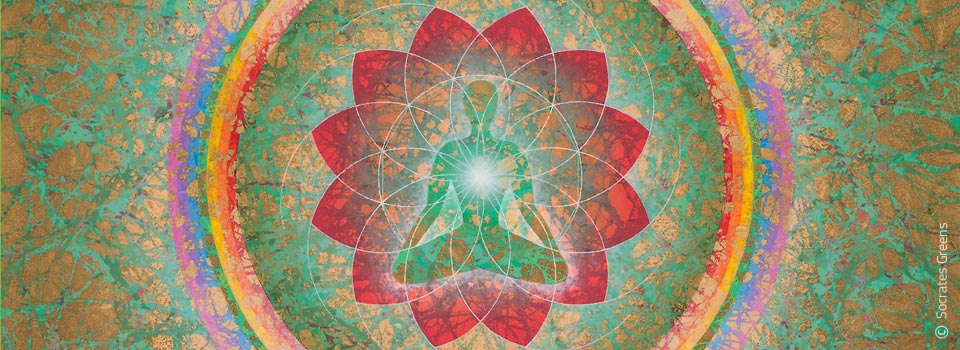
Guided Meditations & Podcasts
Available here soon.
Formalites
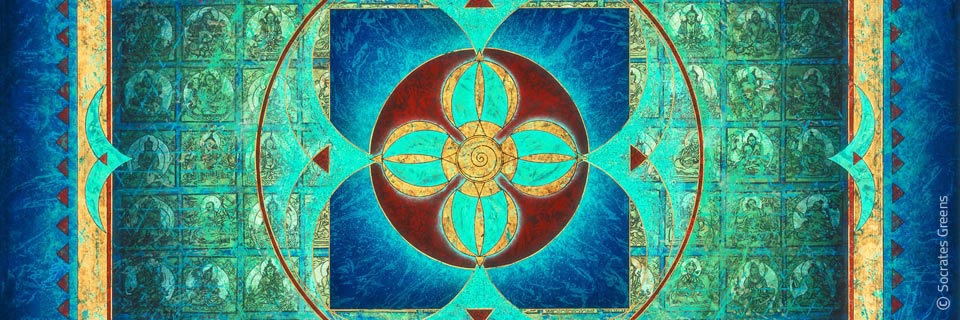
Online Therapy
Virtual screen sharing via Zoom, Teams, or another messenger is possible at any time. Virtual EMDR using additional digital tools works remarkabley well.
Time formats, frequency & costs of therapy sessions
I generally offer two time formats: 60min and 90min sessions. Other customised formats are possible.
Fee: 60min = 100 €/per session; 90min = 140 €/per session.
Introductory Session
An introductory session lasts 60 minutes and costs 50% of the normal rate, i.e. 50 EUR. The amount is to be paid in advance by bank transfer or paypal.
Cancellation Policy
Free of charge up to 24 hours before the start of the session. If you cancel less than 24 hours in advance, you will have to pay the full cost. This also applies to introductory sessions.
Self-payers & "Heilpraktikerzusatzversicherungen"
As a Psychotherapist with a naturopath licence I can only accept clients who are willing to pay for themselves. In other words, I'm not paid by average German health insurances.
I do have some postive experiences with English and Dutch health insurances
In rare cases, your "Heilpraktiker-Zusatzversicherung" will pay the bill, provided you have taken out such insurance some time ago.
Please contact your health insurance company for further information.
Talk to me about other financing options.
For further arrangements regarding alternative financing, please contact info(a)empathiehafen.de
Or use the contact form on this website under "Contact".
Advantages of a non-insurance financed therapy
If you have undergone therapy financed by the health insurance fund, you may encounter difficulties and restrictions when taking out disability insurance,
life insurance or switching to private health insurance. A review of your medical history by the insurance companies can also lead to you being categorised in a higher cost risk class.
In the case of self-financed therapy, no data is forwarded to official bodies. No entries are made in the relevant registers. All data collected remain confidential.
Contact
Contact Details
Matthias Albers • Pinnasberg 72 • Hamburg, 20359 • Germany
E-Mail: info(a)empathiehafen.de
Phone: +49-40-31761748
Or you might also use the ...
Contact Form
Impressum
Inhaber und verantwortlich für diese Webseite:
Matthias Albers
Pinnasberg 72
20359 Hamburg
info(a)empathiehafen
Tel. 040-31761748
Steuernummer 02/151/14120
Haftung für Inhalte:
Die Inhalte unserer Seiten wurden mit größter Sorgfalt erstellt. Für die Richtigkeit, Vollständigkeit und Aktualität der Inhalte können wir jedoch keine Gewähr übernehmen.
Als Diensteanbieter sind wir gemäß Â§ 7 Abs.1 TMG für eigene Inhalte auf diesen Seiten nach den allgemeinen Gesetzen verantwortlich. Nach §§ 8 bis 10 TMG sind wir als Diensteanbieter jedoch
nicht verpflichtet, übermittelte oder gespeicherte fremde Informationen zu überwachen oder nach Umständen zu forschen, die auf eine rechtswidrige Tätigkeit hinweisen. Verpflichtungen zur Entfernung oder
Sperrung der Nutzung von Informationen nach den allgemeinen Gesetzen bleiben hiervon unberührt.
Eine diesbezügliche Haftung ist jedoch erst ab dem Zeitpunkt der Kenntnis einer konkreten Rechtsverletzung möglich.
Bei Bekanntwerden von entsprechenden Rechtsverletzungen werden wir diese Inhalte umgehend entfernen.
Haftung für Links
Unser Angebot enthält Links zu externen Webseiten Dritter, auf deren Inhalte wir keinen Einfluss haben. Deshalb können wir für diese fremden Inhalte auch keine Gewähr übernehmen.
Für die Inhalte der verlinkten Seiten ist stets der jeweilige Anbieter oder Betreiber der Seiten verantwortlich. Die verlinkten Seiten wurden zum Zeitpunkt der Verlinkung auf mögliche Rechtsverstöße
überprüft. Rechtswidrige Inhalte waren zum Zeitpunkt der Verlinkung nicht erkennbar. Eine permanente inhaltliche Kontrolle der verlinkten Seiten ist jedoch ohne konkrete Anhaltspunkte einer
nicht zumutbar. Bei Bekanntwerden von Rechtsverletzungen werden wir derartige Links umgehend entfernen.
Urheberrecht
Die durch die Seitenbetreiber erstellten Inhalte und Werke auf diesen Seiten unterliegen dem deutschen Urheberrecht. Die Vervielfältigung, Bearbeitung, Verbreitung und jede Art der Verwertung
außerhalb der Grenzen des Urheberrechtes bedürfen der schriftlichen Zustimmung des jeweiligen Autors bzw. Erstellers. Downloads und Kopien dieser Seite sind nur für den privaten, nicht kommerziellen
Gebrauch gestattet. Soweit die Inhalte auf dieser Seite nicht vom Betreiber erstellt wurden, werden die Urheberrechte Dritter beachtet. Insbesondere werden Inhalte Dritter als solche gekennzeichnet.
Sollten Sie trotzdem auf eine Urheberrechtsverletzung aufmerksam werden, bitten wir um einen entsprechenden Hinweis.
Bei Bekanntwerden von Rechtsverletzungen werden wir derartige Inhalte umgehend entfernen.
Datenschutz
Die Nutzung unserer Webseite ist in der Regel ohne Angabe personenbezogener Daten möglich. Soweit auf unseren Seiten personenbezogene Daten (beispielsweise Name, Anschrift oder eMail-Adressen)
erhoben werden, erfolgt dies, soweit möglich, stets auf freiwilliger Basis. Diese Daten werden ohne Ihre ausdrückliche Zustimmung nicht an Dritte weitergegeben.
Wir weisen darauf hin, dass die Datenübertragung im Internet (z.B. bei der Kommunikation per E-Mail) Sicherheitslücken aufweisen kann.
Ein lückenloser Schutz der Daten vor dem Zugriff durch Dritte ist nicht möglich.
Der Nutzung von im Rahmen der Impressumspflicht veröffentlichten Kontaktdaten durch Dritte zur Ã�bersendung von nicht ausdrücklich angeforderter Werbung und Informationsmaterialien wird hiermit
ausdrücklich widersprochen. Die Betreiber der Seiten behalten sich ausdrücklich rechtliche Schritte im Falle der unverlangten Zusendung von Werbeinformationen, etwa durch Spam-Mails, vor.









